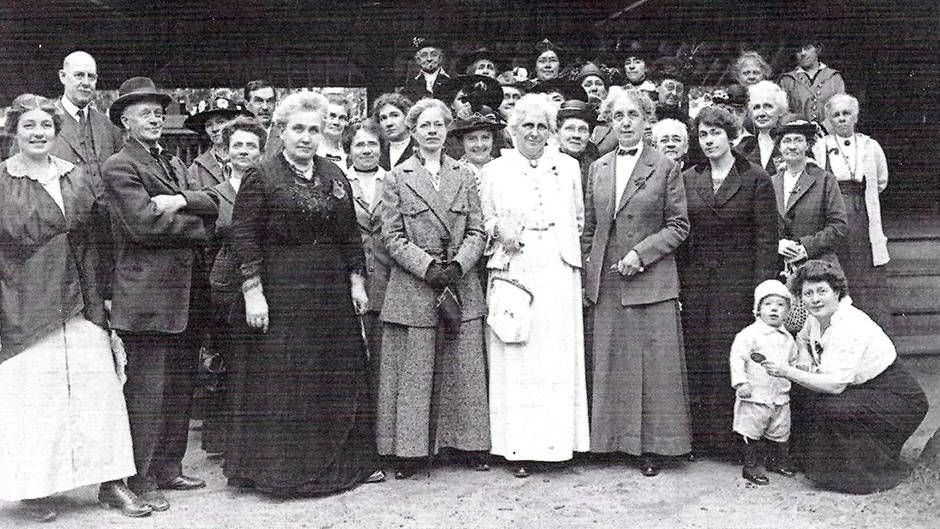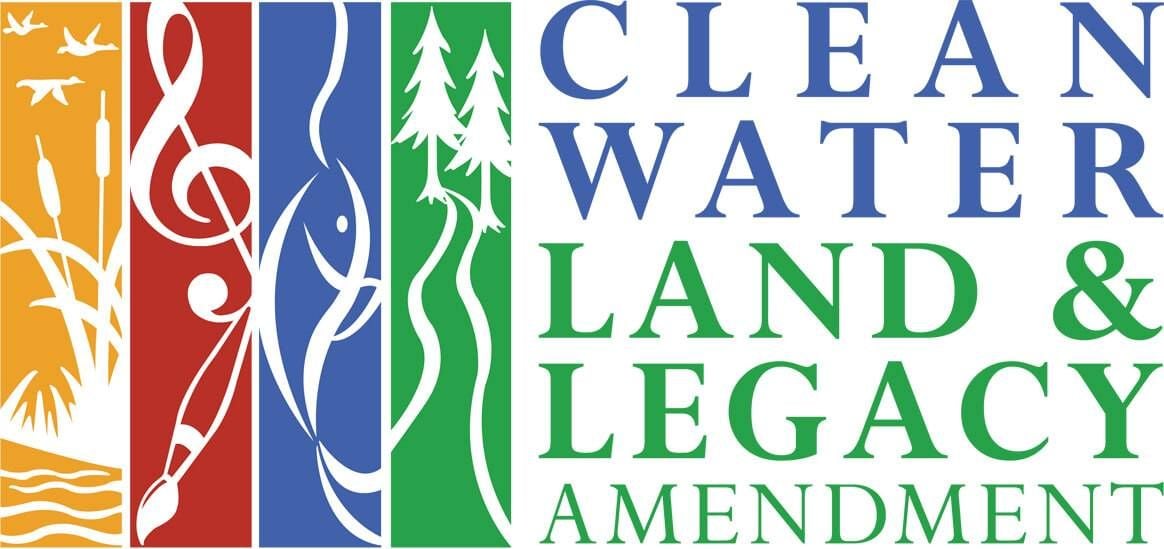A Then-and-Now Look at Allyship
How men served as partners during the Women's suffrage movement.

How often do you hear about the women's suffrage movement? Now, in all of the times that you have heard or read about the suffrage movement, how often have you heard about men's roles as suffragists? The victory of the suffrage movement rightly belongs to women, but there is a lot to be said about the importance of men's roles in the suffrage movement. By helping provide the suffragists a platform on which to speak, men helped pave the way for women's suffrage.
Allyship is an important term to understand when we talk about the role men had in the suffrage movement. Allyship happens when a person or a group of people work with a group of mistreated or oppressed people. The "allies" do not belong to the oppressed group and can use their position of power to speak on the mistreated people's behalf or provide a platform for the underprivileged group to speak. Men in the suffrage movement used their voices and positions of power as lawyers, professors or legislators to offer women a platform to speak, and gain a better place in society.
The Men's League for Women's Suffrage was founded in the U.S. in 1909. Initially, Anna Howard Shaw, the president of the National American Woman Suffrage Association, had been thinking about the benefits of founding such an organization and discussed with others whether or not they should support a men's league. Max Eastman, a relatively famous activist and writer, who privately had also been thinking about making a men's league for women's suffrage, readily agreed to promote and organize the official league in New York. Eastman traveled across New York to promote the league and frequently visited colleges to speak to young people about women's suffrage. He encouraged men to advocate for women and urged women to get involved in the movement.
Another ally of the movement was Sinclair Lewis, better known for his famous writings. He worked with his wife, Grace Hegger, to spread the word of women's rights and declared himself a "suffergent." Standing before podiums, he skillfully painted a picture of the suffragette and all that men and women could accomplish by working together. He enticed crowds to listen to women speakers and encouraged men to join the fight for women's suffrage.
The recurring character of the "suffergent" was someone like Lewis. Male suffragists were ralliers, and they were spokesmen. The goal of a male suffragist was to gain support by showing support. Many had politically active women in their lives, but not all. By standing up and speaking to crowds, male suffragists showed their support for women's suffrage just by raising their voices.
Besides speaking to crowds, The Men's League for Women's Suffrage also frequently followed suffragists in parades and were often met with disdain and catcalls from the crowd. But the Men's League stood tall and marched in solidarity with the suffragists. That act of solidarity is an example of what allies do. Even when there are obstacles or when they are faced with opposition, allies stand with their partners and fight to make the world a better place.
We don't have a lot of recorded names of the men who fought alongside the suffragists. The lesson is that allies are not the ones in the spotlight. They are not the ones history remembers. Being an ally means uplifting and supporting oppressed and downtrodden people, not taking the fame and glory.
What we can take away from the efforts of the men in the women's suffrage movement is a good example of what allies should look like. Men like Eastman and Lewis stood before crowds and passionately argued for women's rights. Male legislators brought the issue of suffrage before other politicians. Countless men stood by their wives, sisters and daughters in solidarity while the women themselves fought for their rights. Being an ally during the women's suffrage movement isn't all that different from being an ally today.
Being an ally today means uplifting women and using positions of power to offer a platform for women to speak. A position of power may be anything from a job position to just being able to speak up. In today's world, where more and more women are finding the courage to speak out against injustice, our duty as allies is to stand in solidarity, speak out when necessary, and reach out to help where we can.
Watch the Minnesota Experience documentary, Citizen, which explores the multigenerational march of Minnesota women and all they hoped would come with the vote.
Editor’s note: This story – and others in the collection, Then & Now: Reflections on Women’s Suffrage – was written by a St. Catherine University student in the Public Relations Writing class held in the spring of 2020. The piece has been minimally edited to preserve the integrity of the student’s perspective. We hope you enjoy discovering what the next generation of writers, historians and activists has to say about the impact of the women’s suffrage movement then and now.

This story is made possible by the Arts and Cultural Heritage Fund and the citizens of Minnesota.
As Minnesotans look for ways to show their support for healthcare workers on the front lines of the COVID-19 pandemic, we took a look back in time to celebrate the contributions that four women – all named Ruth – made to the state’s public health system.
Just 39 words in length, the 19th Amendment to the U.S. Constitution gave women the right to vote when it was passed on June 4, 1919 and enacted on August 26, 1920 – but its passage was fraught with decades of legal challenges and intense demonstrations in which women activists sometimes put their lives directly on the knife’s edge. Explore a timeline contributions of Minnesota women to the passage of the 19th Amendment.
